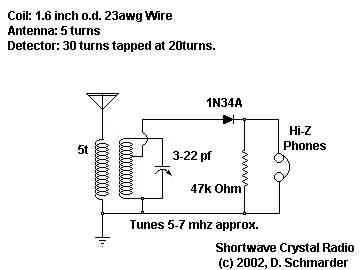 The resonant circuit passes a specific wavelength (or more specifically range of wavelengths depending on its Q). The diode detector provides the amplitude or envelope of the signal(s) within that wavelength. A high impedance or highly sensitive ear piece converts this envelope to an audible signal that you can listen to. The neat thing about crystal radios is that no active RF amplification is used. The radio is powered by the incoming radio signal that it is tuned to. More sophisticated crystal sets might have more than one tuned stage, perhaps 3 or 4 to minimize receiver bandwidth for maximum sensitivity and selectivity. History lesson:
The resonant circuit passes a specific wavelength (or more specifically range of wavelengths depending on its Q). The diode detector provides the amplitude or envelope of the signal(s) within that wavelength. A high impedance or highly sensitive ear piece converts this envelope to an audible signal that you can listen to. The neat thing about crystal radios is that no active RF amplification is used. The radio is powered by the incoming radio signal that it is tuned to. More sophisticated crystal sets might have more than one tuned stage, perhaps 3 or 4 to minimize receiver bandwidth for maximum sensitivity and selectivity. History lesson:  Recreation of the Titantic’s Marconi Room
Recreation of the Titantic’s Marconi Room[Source: antiquewireless.orgThe primary receiver used on the Titanic’s Marconi station was basically a 3-stage crystal radio except that it used a magnetic detector rather than a semiconductor. An accurate 3D rendering of the control/receiving room of that station is shown here with the primary receiver located in the middle of the desk, magnetic detector directly above it bolted to the wall, and back-up transmitter to the right. The best analysis written on Titanic’s radio systems can be found in paper format only, Eric P. Wenaas, “Wireleess Equipment of the Titanic: a Commemorative Overview.” Antique Wireless Association Review, Volume 25, 2012. Advanced concepts in crystal radio design: Like the Titanic and other early wireless receivers, Jim wound his own coils, used wood enclosures and point-to-point wiring. With copious use of Litz wire to maximize the Q, Jim has created numerous variants on the crystal radio all of which are shown on his page.
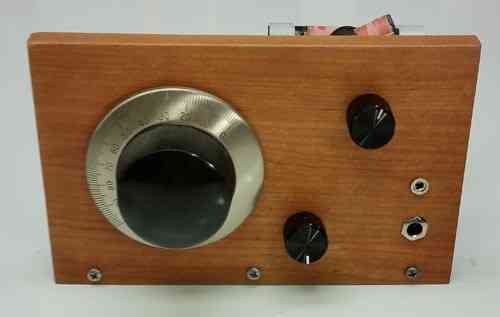
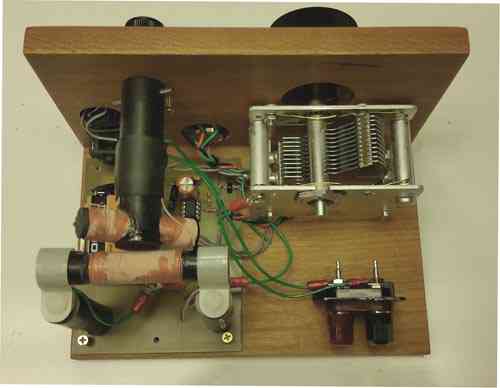
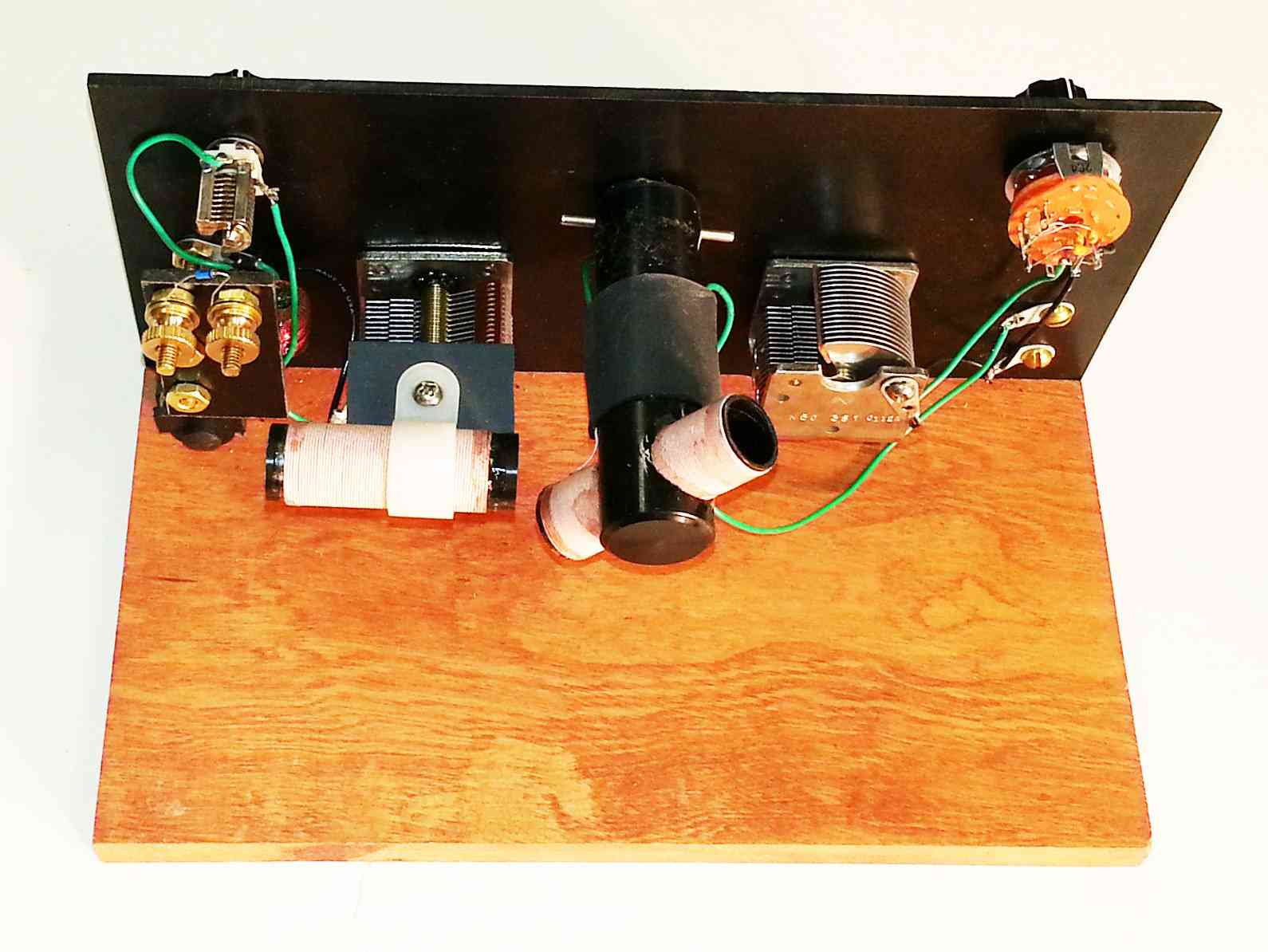
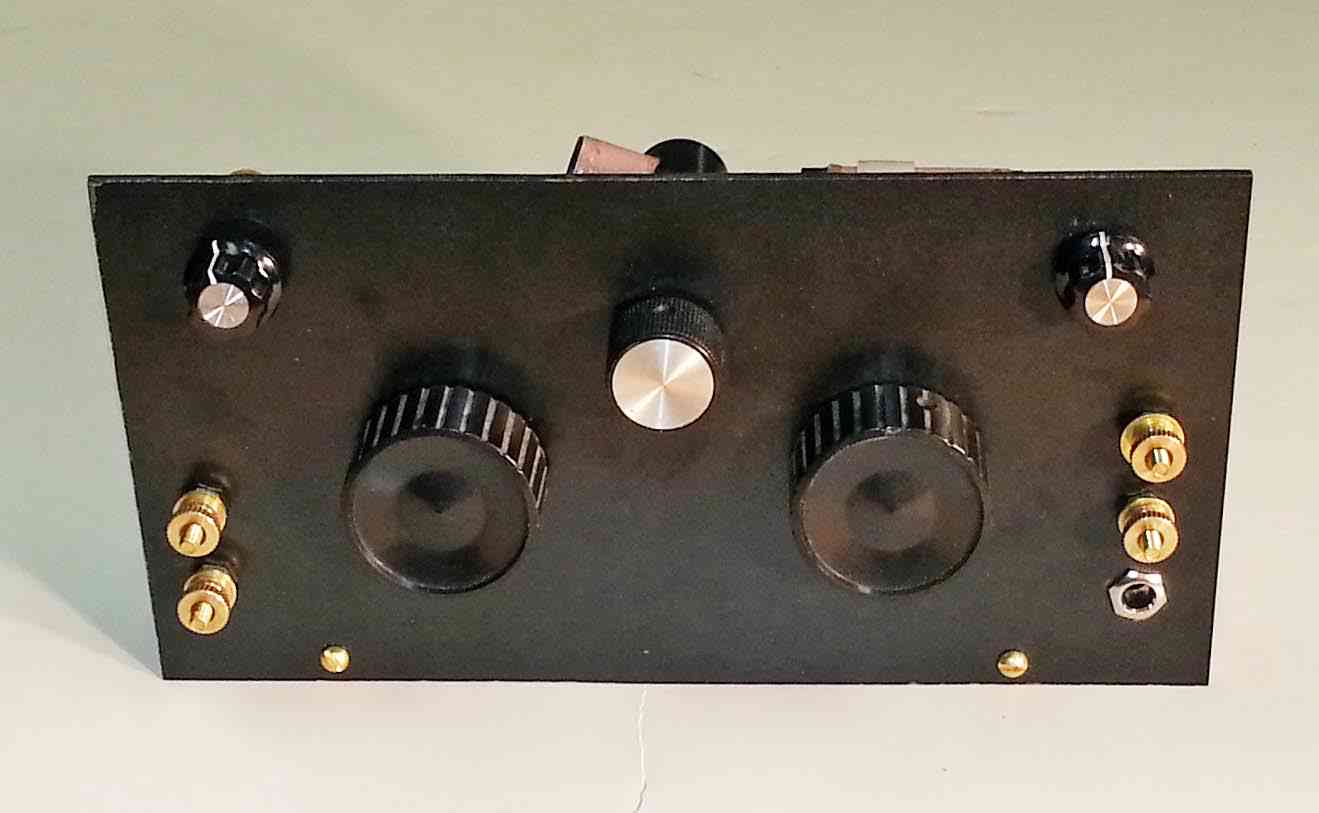 There’s more: Jim is not the only one, there exists a community of crystal radio designers and videos of much of their work is shown with a quick search.
There’s more: Jim is not the only one, there exists a community of crystal radio designers and videos of much of their work is shown with a quick search. https://www.youtube.com/embed/_ID4qYysX ... ransparent
You can even add a BFO to copy CW and SSB (which arguably turns your crystal set into a direct conversion receiver where the detector diode becomes your frequency mixer):
https://www.youtube.com/embed/9-LJpD0Co ... ransparent
To the garage!
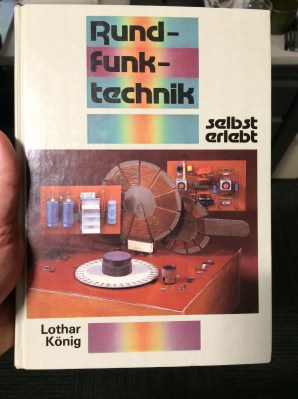 Learning by building a crystal set is ubiquitous. A how-to book from East Germany on radio with a crystal set prominently featured. Get back to basics and make a crystal radio. Learn about resonant circuits, experience history, wind high Q inductors, make antennas, and experience the fundamentals of wireless design. Author Bio: Gregory L. Charvat, Ph.D, likes to study old technology to inform tech development in the 21st century, is CTO of Humatics Corp., author of Small and Short-Range Radar Systems, co-founder of Hyperfine Research Inc. and Butterfly Network Inc. (both at 4catalyzer), editor of the book series Modern and Practical Approaches to Electrical Engineering, guest commentator on CNN, CBS, Sky News, and others. As visiting research scientist at MIT Media Lab he created the Time of Flight Microwave Camera. As technical staff at MIT Lincoln Laboratory he created a through-wall radar imaging system that won best paper at the 2010 MSS Tri-Services Radar Symposium and is an MIT Office of the Provost 2011 research highlight. Greg has taught short radar courses at MIT, where his Build a Small Radar course was the top-ranked MIT professional education course in 2011 and has become widely adopted by other universities, laboratories, and private organizations.
Learning by building a crystal set is ubiquitous. A how-to book from East Germany on radio with a crystal set prominently featured. Get back to basics and make a crystal radio. Learn about resonant circuits, experience history, wind high Q inductors, make antennas, and experience the fundamentals of wireless design. Author Bio: Gregory L. Charvat, Ph.D, likes to study old technology to inform tech development in the 21st century, is CTO of Humatics Corp., author of Small and Short-Range Radar Systems, co-founder of Hyperfine Research Inc. and Butterfly Network Inc. (both at 4catalyzer), editor of the book series Modern and Practical Approaches to Electrical Engineering, guest commentator on CNN, CBS, Sky News, and others. As visiting research scientist at MIT Media Lab he created the Time of Flight Microwave Camera. As technical staff at MIT Lincoln Laboratory he created a through-wall radar imaging system that won best paper at the 2010 MSS Tri-Services Radar Symposium and is an MIT Office of the Provost 2011 research highlight. Greg has taught short radar courses at MIT, where his Build a Small Radar course was the top-ranked MIT professional education course in 2011 and has become widely adopted by other universities, laboratories, and private organizations. Source: https://hackaday.com/2016/04/07/getting ... al-radios/

